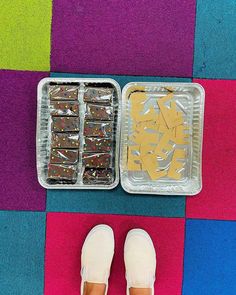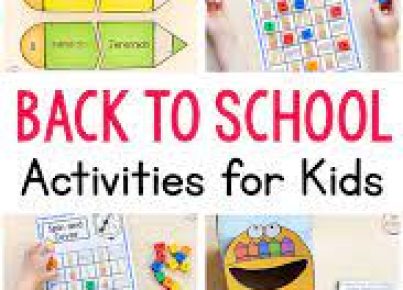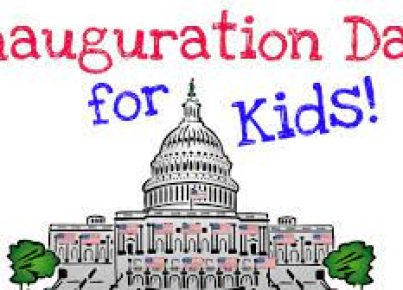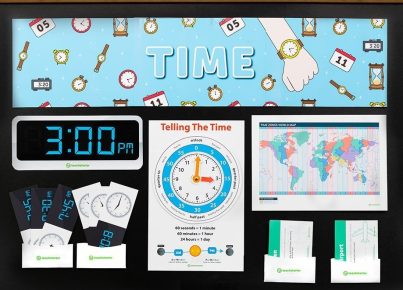April Fools’ Day is the time of the year when pranks and playful jests fill the air with laughter and surprise. For elementary school teachers, crafting age-appropriate and harmless pranks can be a fun way to engage with students while teaching them about tradition, humor, and even critical thinking as they try to figure out what’s real and what’s just an April Fools’ joke.
One classic prank that teachers can pull off is the fake spelling test. Teachers hand out a test with made-up words or incredibly challenging terms beyond their students’ grade level. As the students scratch their heads and giggle trying to spell “discombobulated” or “quinquagesima,” the teacher can let them in on the joke by revealing a “Happy April Fools’ Day!” banner at the back of the test paper.
Another innocent trick involves a food fake-out. A teacher might bring in a tray covered with foil, teasing about delicious brownies for the class. When kids eagerly rush to uncover these anticipated treats, they find a bunch of brown-colored letter ‘E’s cut out of construction paper (brown ‘E’s instead of brownies), much to their amusement.
For a bit of an interactive deception, an educator might start by telling the class about an extraordinary animal that has been discovered, like a polka-dotted zebra or a flying squirrel that can talk. After showing some crafted images or videos, they would reveal it’s just an elaborate riddle meant for April Fools’.
Teachers may also choose to play pranks involving their appearance. They could start the day wearing two different shoes or donning a silly wig and acting as if everything were completely normal. Much of the fun comes from seeing how long it takes for the students to notice something is amiss.
A reversible prank involves encouraging students to bring in their own harmless tricks; this not only gives kids a sense of agency but allows them to think creatively. Toward the end of the day, kids could vote on which joke they thought was best, fostering community and good sportsmanship.
However, it’s crucial to consider sensitivity and good taste when planning these jokes. The key to a successful classroom prank is ensuring that it never embarrasses or alienates any child. It’s all about inclusivity and shared joy—an opportunity for teachers to grow closer with their students while celebrating a day of jests and giggles.
By approaching April Fools’ Day with care and thoughtful consideration towards their students’ feelings, elementary school teachers can create an enjoyable experience that everyone looks back on fondly—even those who may have been tricked by one of their clever jests!





